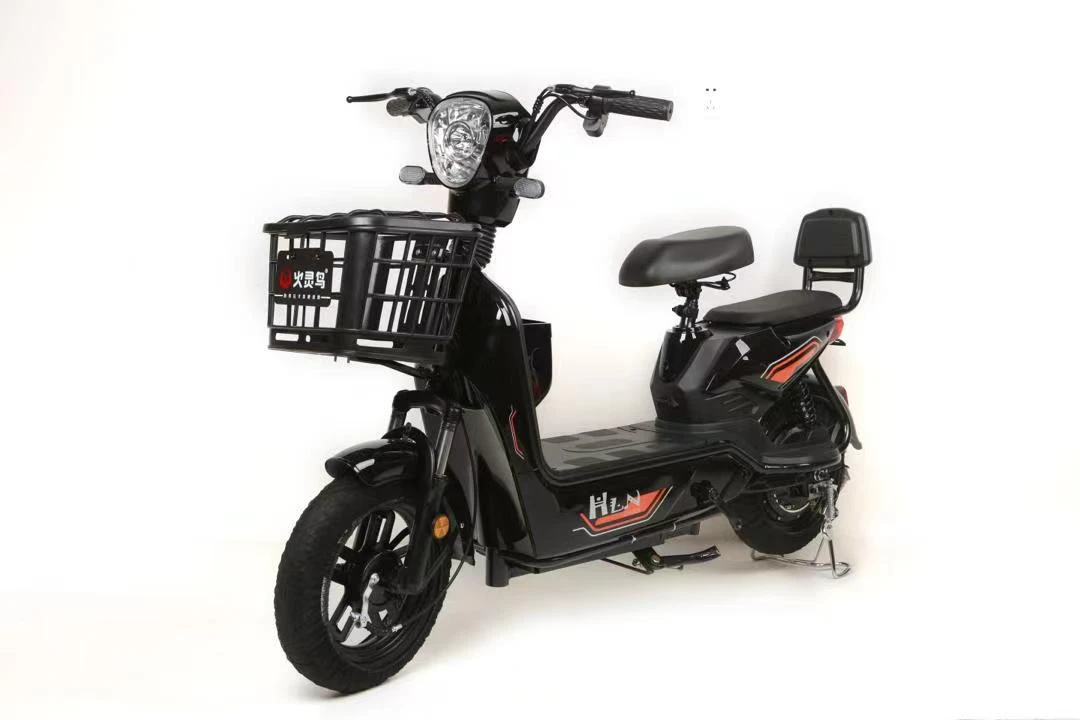
- Afrikaans
- Albanian
- Amharic
- Arabic
- Armenian
- Azerbaijani
- Basque
- Belarusian
- Bengali
- Bosnian
- Bulgarian
- Catalan
- Cebuano
- Corsican
- Croatian
- Czech
- Danish
- Dutch
- English
- Esperanto
- Estonian
- Finnish
- French
- Frisian
- Galician
- Georgian
- German
- Greek
- Gujarati
- Haitian Creole
- hausa
- hawaiian
- Hebrew
- Hindi
- Miao
- Hungarian
- Icelandic
- igbo
- Indonesian
- irish
- Italian
- Japanese
- Javanese
- Kannada
- kazakh
- Khmer
- Rwandese
- Korean
- Kurdish
- Kyrgyz
- Lao
- Latin
- Latvian
- Lithuanian
- Luxembourgish
- Macedonian
- Malgashi
- Malay
- Malayalam
- Maltese
- Maori
- Marathi
- Mongolian
- Myanmar
- Nepali
- Norwegian
- Norwegian
- Occitan
- Pashto
- Persian
- Polish
- Portuguese
- Punjabi
- Romanian
- Russian
- Samoan
- Scottish Gaelic
- Serbian
- Sesotho
- Shona
- Sindhi
- Sinhala
- Slovak
- Slovenian
- Somali
- Spanish
- Sundanese
- Swahili
- Swedish
- Tagalog
- Tajik
- Tamil
- Tatar
- Telugu
- Thai
- Turkish
- Turkmen
- Ukrainian
- Urdu
- Uighur
- Uzbek
- Vietnamese
- Welsh
- Bantu
- Yiddish
- Yoruba
- Zulu
Feb . 19, 2025 05:41 Back to list
derailleur on mountain bike
Navigating the world of mountain biking is both exhilarating and complex, especially when it comes to understanding the integral components of your bike, such as the rear derailleur. This crucial part of the bike's drivetrain is responsible for shifting gears, allowing for the smooth transition needed to tackle diverse terrains. When it works perfectly, riding feels seamless; however, any malfunction can severely hinder performance. Let's delve into the details of the rear mountain bike derailleur to explore why it stands as a keystone of mountain biking performance.
Exploring authoritativeness in choosing a rear mountain bike derailleur involves understanding the innovation behind derailleur technologies. With advancements like electronic shifting systems pioneered by Shimano's Di2 and SRAM’s AXS, derailleurs have evolved far beyond manual systems, offering precise, effortless shifting with the touch of a button. This evolution reflects a deep commitment by manufacturers to provide state-of-the-art solutions that cater to professional riders competing in challenging conditions, as well as amateurs seeking to enhance their riding experience. Trustworthiness in the domain of mountain bike components cannot be overstated. Enthusiasts often rely on peer reviews and expert recommendations to make informed purchasing decisions. Known technologies like Shimano’s Shadow Plus technology enhance chain stability, reducing chain slap in rough riding conditions; such innovations are testaments to the manufacturers’ dedication to ensuring durability and reliability. Riders attest to the robustness of these technologies, which have been refined through continuous research and diverse testing environments. In conclusion, the rear mountain bike derailleur is much more than a simple component—it’s a vital element that profoundly impacts the biking experience. Its role in facilitating smooth gear transitions cannot be understated, and its reliability and technological advancements offer a testament to the expertise of the developers. By integrating these insights, riders can better navigate their choices, ensuring they invest in a derailleur that complements their riding style and meets the challenges of the terrains they conquer.


Exploring authoritativeness in choosing a rear mountain bike derailleur involves understanding the innovation behind derailleur technologies. With advancements like electronic shifting systems pioneered by Shimano's Di2 and SRAM’s AXS, derailleurs have evolved far beyond manual systems, offering precise, effortless shifting with the touch of a button. This evolution reflects a deep commitment by manufacturers to provide state-of-the-art solutions that cater to professional riders competing in challenging conditions, as well as amateurs seeking to enhance their riding experience. Trustworthiness in the domain of mountain bike components cannot be overstated. Enthusiasts often rely on peer reviews and expert recommendations to make informed purchasing decisions. Known technologies like Shimano’s Shadow Plus technology enhance chain stability, reducing chain slap in rough riding conditions; such innovations are testaments to the manufacturers’ dedication to ensuring durability and reliability. Riders attest to the robustness of these technologies, which have been refined through continuous research and diverse testing environments. In conclusion, the rear mountain bike derailleur is much more than a simple component—it’s a vital element that profoundly impacts the biking experience. Its role in facilitating smooth gear transitions cannot be understated, and its reliability and technological advancements offer a testament to the expertise of the developers. By integrating these insights, riders can better navigate their choices, ensuring they invest in a derailleur that complements their riding style and meets the challenges of the terrains they conquer.
Latest news
-
The Ultimate Kids' Four-Wheeler Experience
NewsJul.09,2025
-
The Ultimate Guide to Mountain Bikes: Gear Up for Your Ride
NewsJul.09,2025
-
The New Age of Cycling: Electric Bikes for Every Rider
NewsJul.09,2025
-
The Best Kids Bicycles: Ride in Style and Safety
NewsJul.09,2025
-
The Best 3-Wheel Scooters for Kids: Fun, Safety, and Adventure
NewsJul.09,2025
-
Revolutionize Your Ride: Affordable Electric Bikes
NewsJul.09,2025
-
Finding the Perfect Mountain Bike for Every Rider
NewsJul.09,2025



